What I Got Wrong in Criticizing Fiberglass Batts
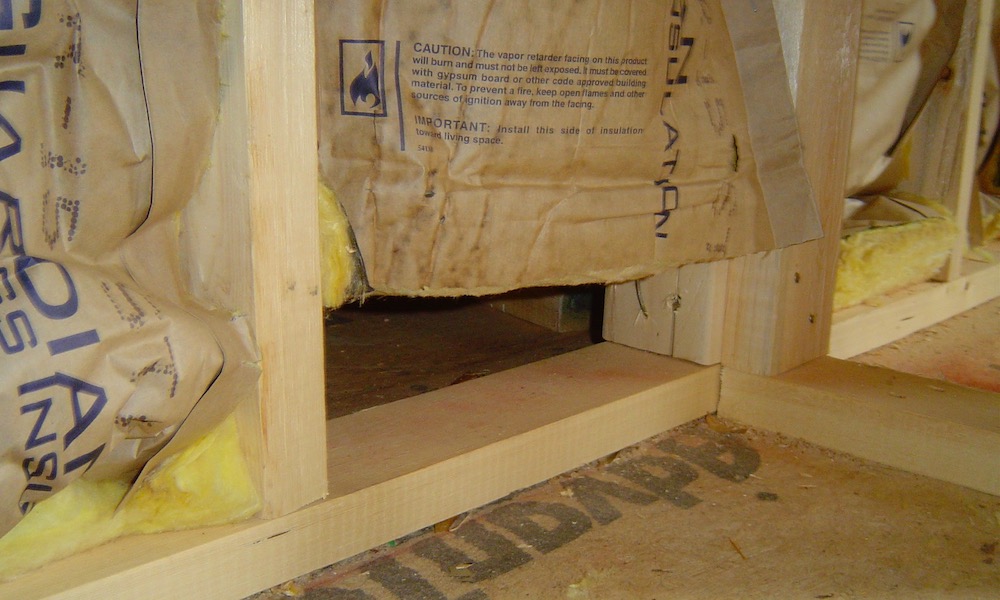
My how the time flies. Ten years ago right now, I was David. A large insulation company was Goliath. They came after me for criticizing fiberglass batts in an article where I showed 7 photos of poorly installed fiberglass batts, all of which had that company’s name on them. Their lawyer sent me a letter with an accusation and a threat:
“It is [our] position that these comments by your company together with the picture of [our] products constitute libel, slander, and commercial disparagement…[We] will aggressively pursue its remedies to the fullest extent permitted by law, and any further conduct by Energy Vanguard of a similar nature will be dealt with accordingly.”
I was scared. Here I was, a blogger with few followers and even less money having to deal with an aggressive multi-national corporation. I hired a lawyer and tried to work it out with them. But then it blew up in the blogosphere after Martin Holladay wrote about it at Green Building Advisor.
In the end, everything worked out well. The CEO of the insulation company sent me a nice letter apologizing for their actions. And the Energy Vanguard Blog got more popular. Yes, the insulation company was wrong in coming after me without first giving me a chance to make the changes voluntarily. But I also was wrong in how I wrote the article that spurred them to action.
What I got wrong
I made a simple mistake. Back in 2011, I was publishing 3 to 5 new articles each week. Content is king, right? I’d sit down in the morning and think, “OK, what do I want to write about today?” I liked easy articles centered around photos, and criticizing fiberglass batts was like shooting fish in a barrel.
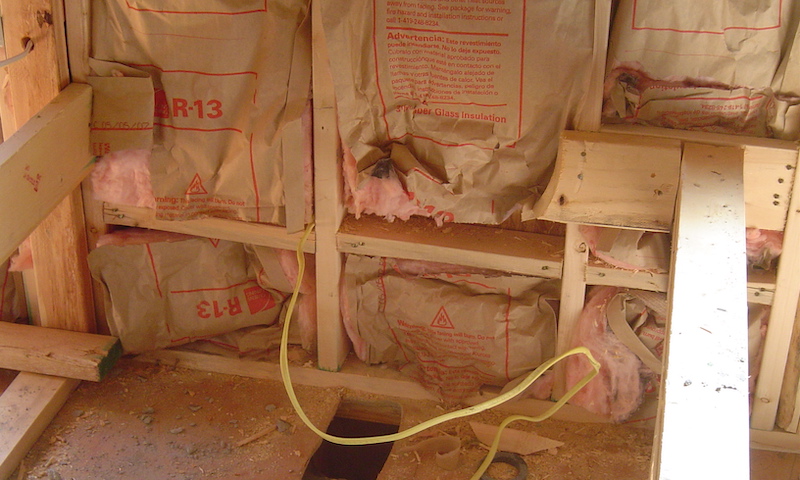
So I found a group of photos from a house I had inspected a few years earlier and used them. They were perfect…except for one thing. My mistake was using photos that all came from the same house. They all had the same brand name on them. I should have gone through more of my photos and found examples of bad installations of fiberglass batts from several manufacturers.
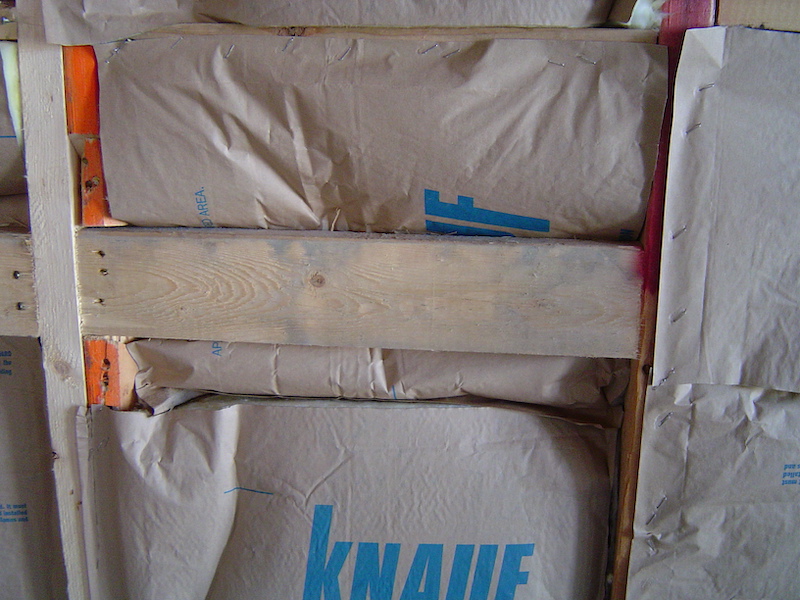
So, a decade later, I’m doing that for you now. As you can see from the first four photos here, it doesn’t matter which company’s name is on the insulation or what color the fibers are.
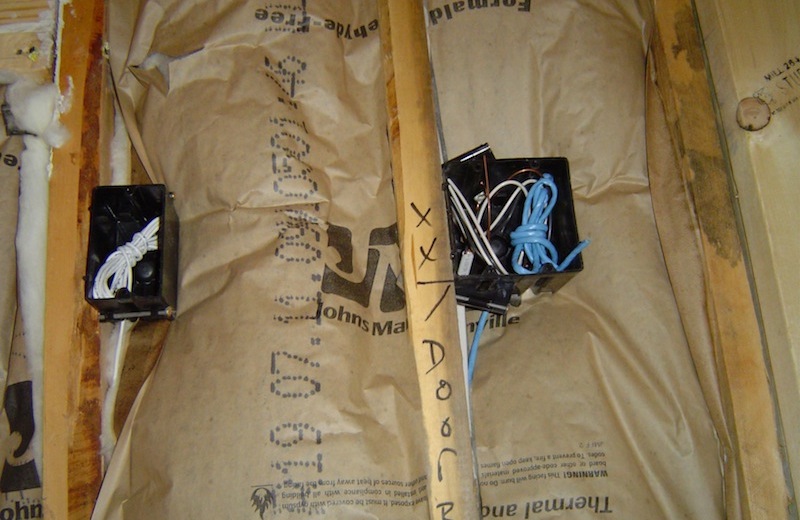
Fiberglass batts are often installed poorly, and everyone trained in building science knows this. There’s actually a standard for grading the installation quality of insulation. The two factors inspectors look at to assign a grade—1, 2, or 3—are:
- Missing insulation
- Compression and incompletely filled areas
When you look at the photos above, there’s quite a bit of both.
It doesn’t have to be this way
The poor quality of insulation is changing…some. It’s certainly possible to get a grade 1 installation with fiberglass batts. The photos below show two examples of that. But I also know of builders who have given up on achieving grade 1 batts so they settle for grade 2.
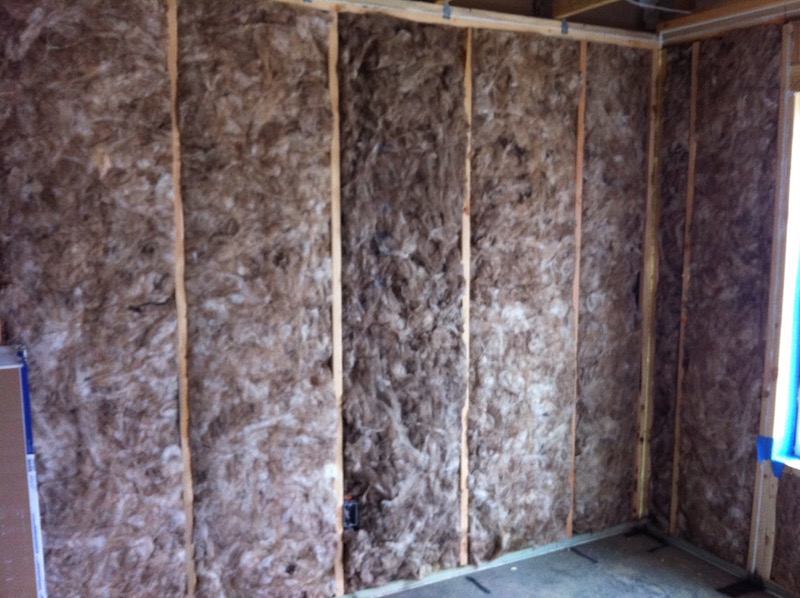
Grade 1 fiberglass batts takes more oversight of the installers. At first, it takes more time. Experienced crews can do grade 1, though, in about the same amount of time it takes to do a poorer installation.
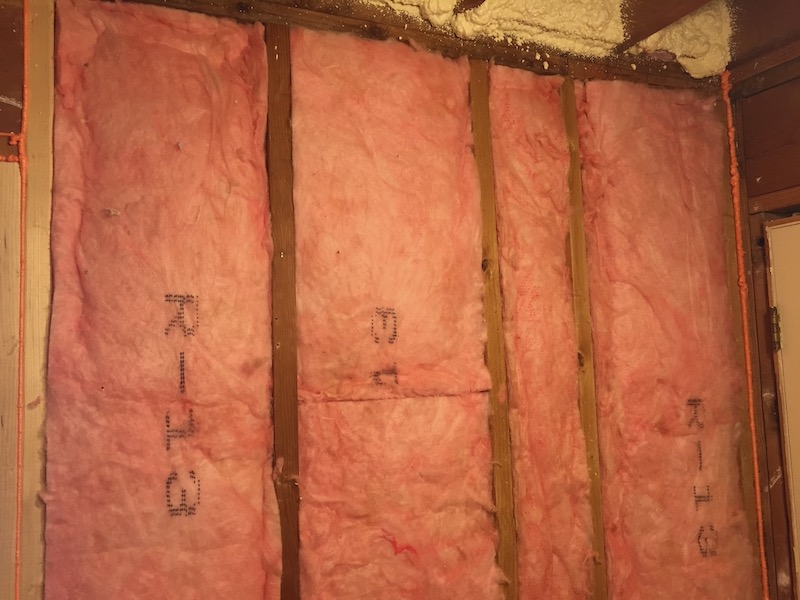
Two kinds of batts
You may have noted one difference between the two sets of photos. The poorly installed fiberglass batts all have a kraft paper facing, and the grade 1 installations are unfaced batts. That’s not just an accident. Unfaced batts are easier to install correctly. And for the most part, the paper facing is unnecessary.
In the ten years since I received that threatening letter, I’ve been more careful about what I post. I’ve called out specific companies from time to time and gotten at least one more letter from a lawyer. (That one was related to an article I wrote about three brands of ripoff ventilation products. Unfortunately, I did have to wave goodbye to that article, if you know what I mean.)
Criticizing fiberglass batts is easy to do, but the important lesson here is that this particular product isn’t the enemy. Training and quality control are the real problems. Yes, it’s easier to get grade 1 with a sprayed or blown insulation product, but fiberglass batts still compose the majority of insulation installed by US home builders, at least as of 2018. It would be nice to see all the grade 3 installations go away.
Allison Bailes of Atlanta, Georgia, is a speaker, writer, building science consultant, and the founder of Energy Vanguard. He has a PhD in physics and writes the Energy Vanguard Blog. He is also writing a book on building science. You can follow him on Twitter at @EnergyVanguard.
Related Articles
Guardian Building Products Makes the Right Move
How to Grade the Installation Quality of Insulation
How to Fix a Leaky, Underinsulated Exterior Wall
NOTE: Comments are moderated. Your comment will not appear below until approved.
This Post Has 20 Comments
Comments are closed.

All insulation types can be installed improperly, some poor installations are more obvious than others. There are many opportunities to improve quality insulation installation, including training (www.grade1insulation.org). Improved guidance through energy codes and standards is also needed. The broader insulation industry is working with RESNET to update the Insulation Assessment section of the RESNET standards to be clearer and more objective for all insulation types found in homes. The update focuses on an objective assessment of each insulated area and raises the bar on insulation installations. Additionally, the update is designed to be better paired with industry installation guidance. Similar to the pass/fail approach in California, this update moves the Grading system of I, II and III to Properly Installed and Not Properly Installed. It is currently working its way through ANSI process at RESNET.
Charlie, yes, the grading standard can be improved. Basically, though, we just need a lot more training, quality control, and enforcement.
Sorta like take-no-prisoners comedians who poke fun at everyone, not just one group (which could get them in trouble, right?)
Yeah, I guess you could say that, David.
Reading your blog makes me nervous that my home renovation is being done by amateurs and I myself am one
Sorry, Amanda. If it makes you feel better, this is pretty common. Also, keep in mind that even grade 3 insulation is way better than an uninsulated wall or an underinsulated wall. The 1970 condo I used to live in had R-7 insulation in the (leaky) walls.
https://www.energyvanguard.com/blog/how-to-fix-a-leaky-underinsulated-exterior-wall
Yup Amanda, this entire blog is one big red pill for us homeowners sometimes … But I choose red pill 🙂
Are there better “fill” materials now, forgetting about installation for a minute (not that we shouldn’t worry about that , of course.)
I guess I wish there was a better fill material anyway. More ecologically sound, but hopefully, still cheap. Can I have all that??
Mary Beth, wet-blown cellulose works great in walls and is about the most ecologically sound insulation material there is.
How much I dislike “wet-blown” term. Slightly damp or how about “Spray Wall Cellulose” is much more like it. Wet and Wall in the same sentence? Ur still my Hero.
This is one reason I chose mineral wool batts over fiberglass in my DIY install. They’re unfaced, and their texture and cutting characteristics just seem to make it easier to visualize when you’re doing it wrong. Higher density almost exceeded my drywall weight capacity though.
Deniz, I like mineral wool batts for those reasons, too. They can be more difficult to install in cavities with a lot of obstructions, though.
Not a problem if you like puzzles and have all the time in the world 🙂
Another advantage: You can spraypaint over them, such as marking where the pipes and wires are buried
Tract builders would do themselves some good if they reduced the amount of wood in their framing.
Years ago I was looking at a $750k townhome in Atlanta and the “luxury” builder decided it was cheaper to use the vertically install seven 2x4s sandwiched together on an exterior wall. The builder also installed corner windows which required three to four sandwiched 2x4s on each side of the windows. I was so annoyed because out-of-towners from higher cost of living areas of the US were going to spend upwards of $1M on these units and either had no idea or didn’t care.
My fears were well founded as a couple of years later the builder was having to replace most of a west facing three-story brick façade. During construction I had noticed that the bricklayer was using so much mortar that almost every course was in contact with the WRB behind it (no 1″ air gap). I wonder if that was why it was being replaced.
I remember that big kerfuffle like it was yesterday. Hard to believe another 10 years have got behind us Allison.
I would like to think RESNET insulation installation grading has moved the installation quality bar somewhat on the whole. What are your thoughts/experiences?
Once the drywall is on, unless you destroy the house, you are pretty much stuck with what they’ve done in the walls. Fixing the attic can be possible although mine has some very inaccessible areas and is very tight in spots. I went around my house in the winter and summer with a thermal camera and it was frightening what I found. I have one room that gets too hot in the summer and too cold in the winter and the room facing south shows up as only half insulated. I’ve drilled some small holes to inspect and while I do detect insulation it must be horribly compressed. I’ve vowed to remove an 8×4 foot section on the bottom and fix it. The wall actually gets hot to the touch on a 90 deg hot summer/fall afternoon with direct sun on the wall! The master bedroom and bath feel cold at times in the winter and while I’ve sealed all sources of drafts I suspect the north wall area by the tub and in back of the shower tile is not insulated well and the entire wall facing east is probably the same.
Installing insulation is like parenting. Every new generation keeps making the same mistakes. I’ve seen fiberglass 20 years ago installed in the same poor manner as 10 years ago, or just a couple of months ago. The stuff is just too fluffy, it invites sloppiness (and lawyers).
Most importantly, though, we appreciate so much the kind of tribulations you, Allison, had to go through as you were developing your business and your presence in the Building Science world. This particular experience must have been scary, and uncalled for.
Everybody claims to want Tort Reform until their product, company or work is publicly critiqued. Then they engage on retainer lawyers to intimidate the author.
Fiberglass *can* also be manufactured into a denser, more rigid batt that can friction fit, closer to what we see with mineral wool. Instead we get paper faced fiberglass wet noodles that fail to properly fill cavities. If the industry wants a better reputation, maybe consider offering a better product. I’m sorry if I offend the fiberglass manufacturers, but what I see in the US market is crap. If you pick 10 different installers and have them insulate one wall+ceiling with fiberglass and another with mineral wool, I bet the mineral wool wins 10/10 across all categories of gaps, overall R-value, install quality, speed vs. R-value etc. All except raw material cost. But when you factor the rest vs cost, the mineral wool will win again. Unless you happen to get that amazing installer that actually *can* take the fiberglass to its’ peak performance.
As I previously mentioned it doesn’t HAVE to be this way. It’s not the fiberglass itself, it’s mostly the way the industry has chosen to manufacture and sell it.
Problem is we build houses with 2 things in mind. Lowest price possible and spend the rest on surface finishes. Why else would we get the grade of fiberglass we get?